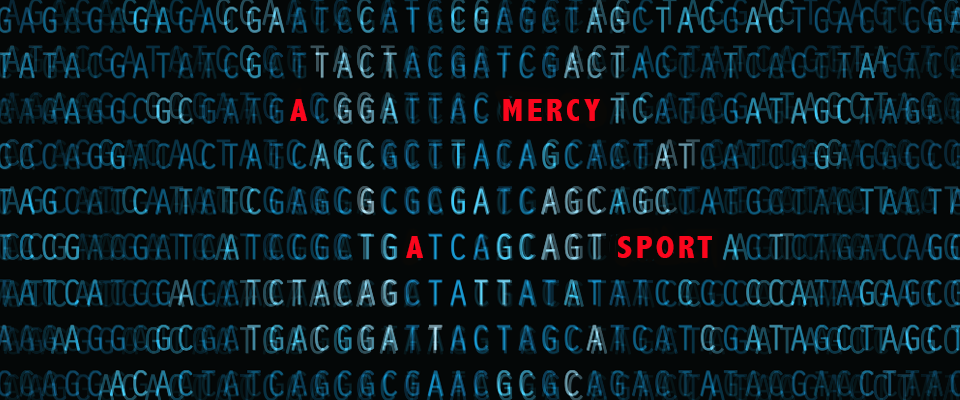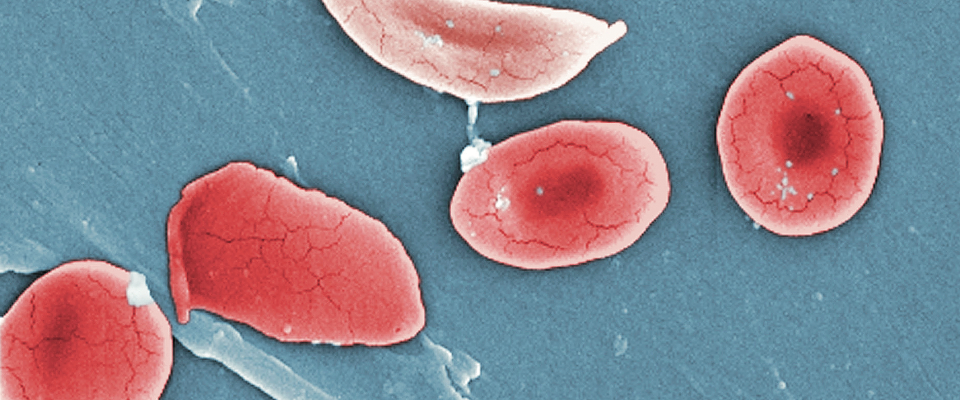Imagining our gene-edited future
It was about time! We’d finally figured it out! What would this grand experiment emit? Every newborn had been subjected to the question: What happens if we cut out this sequence or that one? We’d been doing these CRISPR tests for years, so as to evolve using those Clustered Regularly Interspaced Short Palindromic Repeats. Know thyself! Now, modify. Was it a mercy? Or a sport?
You see, for every test we did on those spools of ciphers, those spheric loops, there was an off-target effect. What would it strike, what would it skirt? We knocked out the gene for a portal that viruses use to enter a cell. Somehow, this was connected to a gene that coats us with melanin. A gene drive to make this bug stop biting. All fine and good, except it needs a mouth to pollinate. Once we started designing the children—oh, what a scattershot dream! Such lucre. But so cruel.
The bright-skinned boy. That’s how we knew. We’d made the simplest change to him. We’d just knocked out a gene linked to pimples. But as the boy came into his persistent prettiness, he grew vague and strange. He gazed and he grinned. He couldn’t distinguish the sun from the moon, he called them both “the soon.” He liked to tap his fingers on tables, pinky to index on both hands, strumming them toward each other like soft padded hooves. One day in the lab, we put on some scalp clasps to monitor his brain, and we slipped a clock alongside him. What time is it? Barely a test, a child’s sport, mercifully simple. He gave it a sidelong glance, and uttered, without prompting, an old redundant cliché.
“It is what it is.”
Then he frowned.
“Is it what it is?”
We smiled. Unreal! It is what it is! That old redundant cliché?!
But that was how we knew. There is part of the human brain, a talent rending us from the beasts. We are physiological time machines. The mind is a neural lineman—it runs back into memory, ahead into prophecy. Circadian rhythms rock gentle through us. Isn’t that how a heartbeat is scripted, and a footstep too? Tick-tock-tick. Our daily callers unto being. An animal recalls and predicts, too, but not as far backward or forward; it sings but could never score a song. We’ve always denied what we share with other beings. Only we count! Isn’t science the very proof of it?
Yet the method itself birthed this timeless boy, in the end. In the beginning, when he was but a mite, we’d stuck a silver sliver into his mother. The shot scattered a dream—armed with science—through her body, then homed in on the goal: a spotless kid. A universal blessing, we declared: His skin was cleared! But along the way, we’d knocked out the gene that tells the second, the minute, the hour, the day, the week, the month, the season, the year. Circle of life, indeed! What a sport! Or was it a mercy? Is it a nightless lightness to live out of sync? Or midnight’s mindsight? Oh, with what glibness our slogan now resounds—to evolve!—and its echo: but at what a cost!
Because as it turned out, we started rethinking, there was this off-target effect for every experiment. It would addle us all, just at a delay. It loops the spools, those spheric ciphers: Clustered Regularly Interspaced Short Palindromic Repeats! We had been doing these CRISPR tests for years, each newborn subjected to the question: What happens if you cut out this sequence or that one? We’d finally figured out what this grand experiment could omit. It was about—time.
For more, read our Q&A with Namwali Serpell and Tyler King here.
From the Winter 2019 issue of California.





















